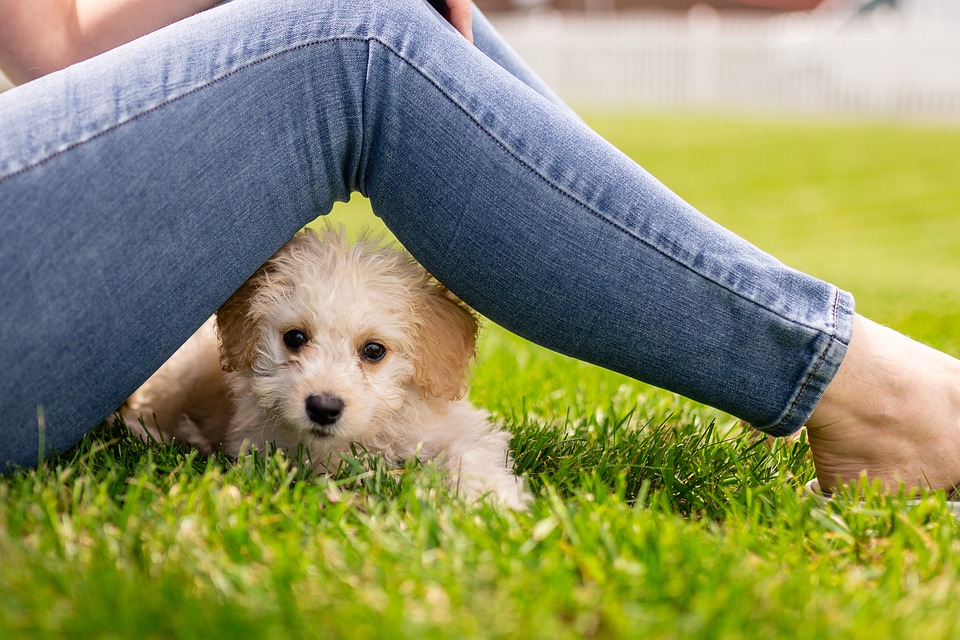Teaching Dogs to “Wait” at Doorways and Crossings: A Comprehensive Guide
Introduction:
Teaching dogs to “wait” is not only important for their safety but also for their overall obedience. By instilling this command in them, we can ensure that they stay in one place until given permission to move forward. Consistency, patience, and positive reinforcement play a significant role in effectively training dogs, and this guide will provide a comprehensive understanding of teaching dogs to “wait” at doorways and crossings.
I. Understanding the Concept of “Wait”:
Before diving into the training process, it is crucial to define the “wait” command and differentiate it from other commands. Unlike “sit” or “stay,” “wait” requires the dog to remain in one place without moving forward until instructed otherwise. Teaching dogs to wait at doorways and crossings brings several benefits, such as preventing accidents, keeping them safe from potential dangers, and promoting good manners.
II. Step-by-Step Guide to Teaching Dogs to “Wait”:
A. Setting up a Controlled Environment:
To ensure effective training, it is essential to choose an appropriate location that allows for focus and minimal distractions. Gathering necessary training tools like a leash and treats is also vital for the training process. Moreover, minimizing distractions in the training environment will help the dog concentrate better.
B. Establishing Basic Obedience Commands:
Before introducing the “wait” command, it is crucial to establish foundational commands such as “sit” and “stay.” These commands create a solid obedience base, making it easier for the dog to understand and respond to the “wait” command consistently.
C. Introducing the “Wait” Command:
To introduce the “wait” command, it is important to explain its purpose to the dog. Using both visual and verbal cues, such as a raised hand and the word “wait,” will help the dog understand the command more effectively. Gradually increasing the duration of the “wait” command will build the dog’s patience and obedience.
D. Reinforcing “Wait” at Doorways:
Practicing the “wait” command at interior doors before progressing to exterior doors will help the dog master the command in a controlled environment. Addressing common challenges, such as the dog’s eagerness to pass through the doorway, and providing solutions will ensure successful training. Rewarding and praising the dog for successful “wait” responses will reinforce the behavior.
E. Extending “Wait” to Street Crossings:
Once the dog has mastered “wait” at doorways, it is time to extend the command to street crossings. Starting with controlled street crossings with minimal traffic will allow the dog to practice in a safe environment. Gradually exposing the dog to busier crossings and different environments will help the dog generalize the command. Reinforcing safety measures, such as leash control, will ensure the dog’s safety during crossings.
III. Frequently Asked Questions (FAQs):
To address common concerns, the guide includes a section of frequently asked questions:
Q1: Can any dog be trained to “wait”?
Q2: How long does it take to teach a dog to “wait” reliably?
Q3: What treats are best for rewarding “wait” responses?
Q4: How can I handle a dog that becomes impatient while waiting?
Q5: Is it necessary to use a leash during “wait” training?
Conclusion:
Teaching dogs to “wait” at doorways and crossings is essential for their safety and obedience. By following the comprehensive guide provided, dog owners can effectively train their dogs to wait and prevent accidents. Ongoing practice and reinforcement are crucial to ensure consistent obedience and safety. With patience, consistency, and positive reinforcement, dogs can master this command and become well-behaved members of society.









